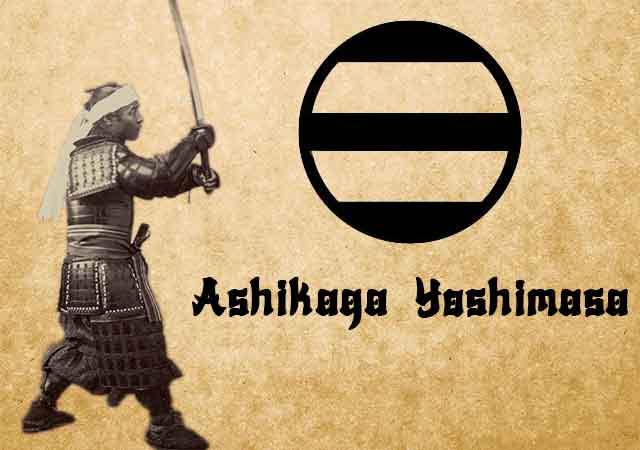
Ashikaga Yoshimasa, the son of the sixth shogun Ashikaga Yoshinori, was originally known as Miharu in his childhood. His official wife was Hino Tomiko.
On August 16, 1443, the 10-year-old shogun Yoshikatsu tragically passed away due to injuries sustained in a fall from a horse. He had held the position for only three years. In response, the bakufu promptly appointed Yoshikatsu's even younger brother, Yoshinari, as the new shogun. After a few years, Yoshinari changed his name to Yoshimasa, a name by which he is better known.
By 1464, Yoshimasa faced a succession challenge as he had no heir. To preempt any conflicts that might arise at the end of his shogunate, he adopted his younger brother, Ashikaga Yoshimi. However, the following year brought an unexpected development: the birth of a son, Ashikaga Yoshihisa. This event ignited a dispute between the two brothers over who would succeed Yoshimasa as shogun. Yoshimasa's wife, Hino Tomiko, sought support from Yamana Sozen for the infant's claim to the shogunate.
By 1467, this simmering conflict had escalated, causing a division among powerful daimyos and clan factions. The ensuing armed conflict, known as the Onin War, marked the onset of the tumultuous Sengoku period in Japanese history, characterized by prolonged military conflicts spanning over a century.
Amidst the ongoing hostilities, Yoshimasa retired in 1473. He officially passed on the title of Sei-i Taishogun to his young son, who became the ninth shogun Ashikaga Yoshihisa. Nevertheless, Yoshimasa retained significant influence. With the leaders of the warring factions deceased and the ostensible succession dispute settled, the impetus for continued fighting waned. The fatigued armies disbanded, and by 1477, open warfare had ceased.
When Yoshimasa initially declared Yoshihisa as the next shogun upon his own retirement, he expected his son to outlive him. However, Yoshihisa's premature death led Yoshimasa to reassume power and responsibility, which he had intended to relinquish. Subsequently, he adopted his brother Yoshimi's son. In 1489, Yoshitane assumed the position of shogun, and Yoshimasa retired once again.
Before Yoshimasa's passing in 1490, he once more adopted a nephew as his heir, this time the son of his brother Masatomo. While Yoshitane did outlive Yoshimasa, his shogunate proved to be short-lived, ending in 1493.
Prior to marrying Hino Tomiko, who was the sister of Hino Katsumitsu, Yoshimasa had a concubine named Lady Oima. Tragically, when Tomiko pushed Lady Oima down a flight of stairs, she was eight months pregnant, resulting in a miscarriage.
Shogun Yoshimasa's succession saw shogun Yoshihisa (his natural son), followed by shogun Yoshitane (his first adopted son), and then shogun Yoshizumi (his second adopted son). Yoshizumi's descendants would directly follow him as leaders of the shogunate. Additionally, external power struggles within the clan would later result in a brief period during which Yoshitane's great-grandson would be installed as a figurehead leader of the Ashikaga shogunate.
The reign of Yoshimasa witnessed the flourishing of Higashiyama culture, renowned for its contributions to the tea ceremony (Sado), flower arrangement (Kado or Ikebana), Noh drama, and Indian ink painting. This cultural movement was profoundly influenced by Zen Buddhism and saw the emergence of Japanese aesthetic principles like Wabi-sabi, along with the integration of imperial court (Kuge) and samurai (Bushi) culture.
See also
-
Yamagata Masakage
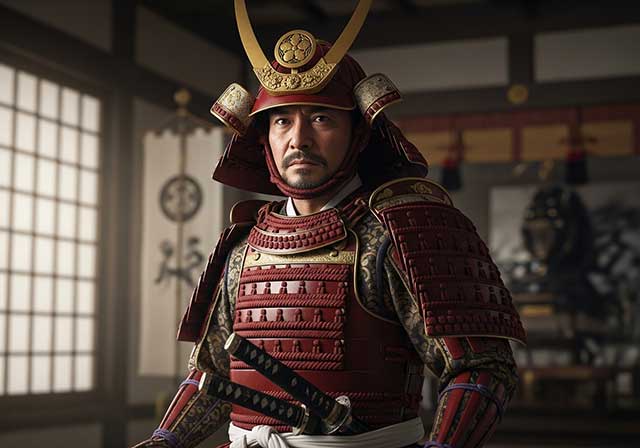
Masakage was one of Takeda Shingen’s most loyal and capable commanders. He was included in the famous list of the “Twenty-Four Generals of Takeda Shingen” and also belonged to the inner circle of four especially trusted warlords known as the Shitennō.
-
Yagyu Munenori
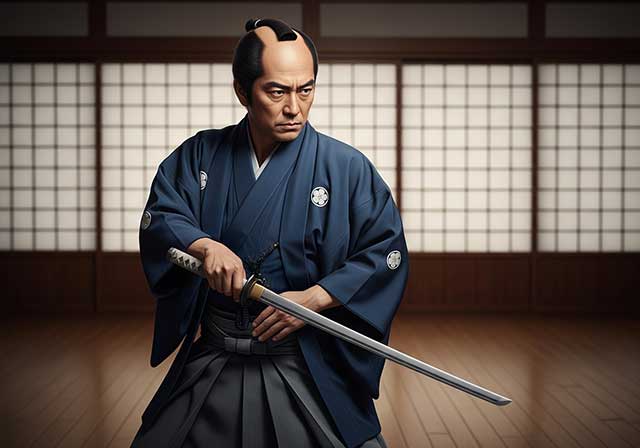
Yagyū Munenori began his service under Tokugawa Ieyasu while his father, Yagyū Muneyoshi, was still at his side. In 1600, Munenori took part in the decisive Battle of Sekigahara. As early as 1601, he was appointed a kenjutsu instructor to Tokugawa Hidetada, Ieyasu’s son, who later became the second shogun of the Tokugawa clan.
-
Yagyu Muneyoshi
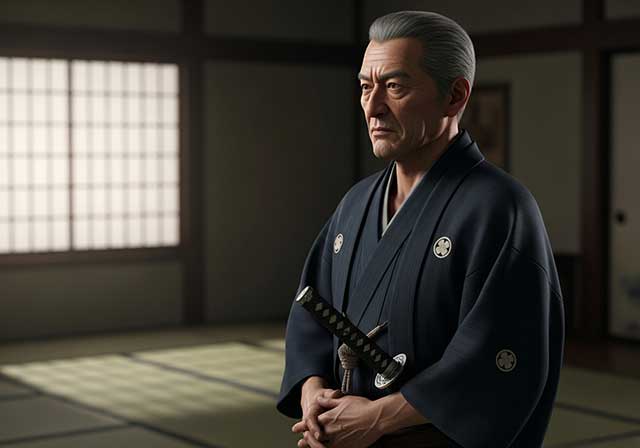
A samurai from Yamato Province, he was born into a family that had been defeated in its struggle against the Tsutsui clan. Muneyoshi first took part in battle at the age of sixteen. Due to circumstances beyond his control, he was forced to enter the service of the Tsutsui house and later served Miyoshi Tōkei. He subsequently came under the command of Matsunaga Hisahide and in time became a vassal first of Oda and later of Toyotomi.
-
Endo Naozune
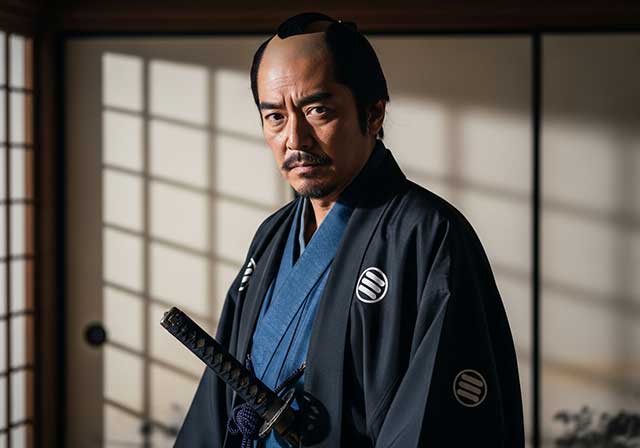
Naozune served under Azai Nagamasa and was one of the clan’s leading vassals, renowned for his bravery and determination. He accompanied Nagamasa during his first meeting with Oda Nobunaga and at that time asked for permission to kill Nobunaga, fearing him as an extremely dangerous man; however, Nagamasa did not grant this request.
-
Hosokawa Sumimoto
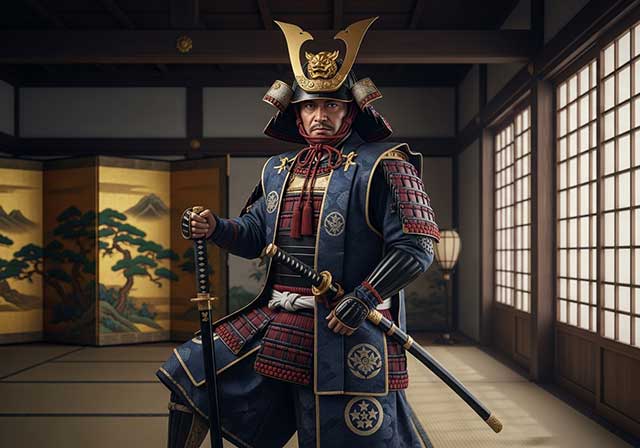
Sumimoto came from the Hosokawa clan: he was the biological son of Hosokawa Yoshiharu and at the same time the adopted son of Hosokawa Masamoto, the heir of Hosokawa Katsumoto, one of the principal instigators of the Ōnin War. Masamoto was homosexual, never married, and had no children of his own. At first he adopted Sumiyuki, a scion of the aristocratic Kujō family, but this choice provoked dissatisfaction and sharp criticism from the senior vassals of the Hosokawa house. As a result, Masamoto changed his decision and proclaimed Sumimoto as his heir, a representative of a collateral branch of the Hosokawa clan that had long been based in Awa Province on the island of Shikoku. Almost immediately after this, the boy became entangled in a complex and bitter web of political intrigue.
-
Honda Masanobu
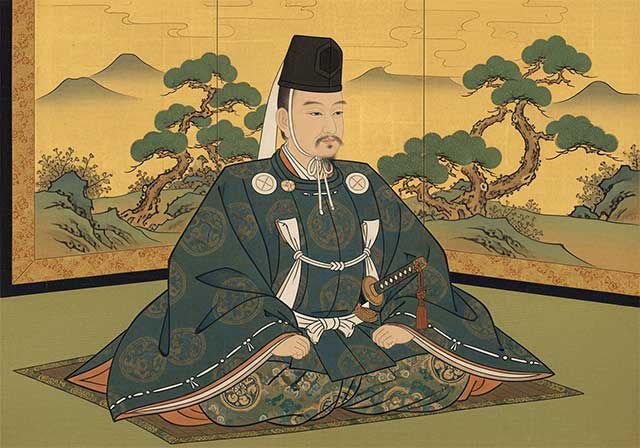
Masanobu initially belonged to the retinue of Tokugawa Ieyasu, but later entered the service of Sakai Shōgen, a daimyo and priest from Ueno. This shift automatically made him an enemy of Ieyasu, who was engaged in conflict with the Ikkō-ikki movement in Mikawa Province. After the Ikkō-ikki were defeated in 1564, Masanobu was forced to flee, but in time he returned and once again entered Ieyasu’s service. He did not gain fame as a military commander due to a wound sustained in his youth; nevertheless, over the following fifty years he consistently remained loyal to Ieyasu.
-
Honda Masazumi
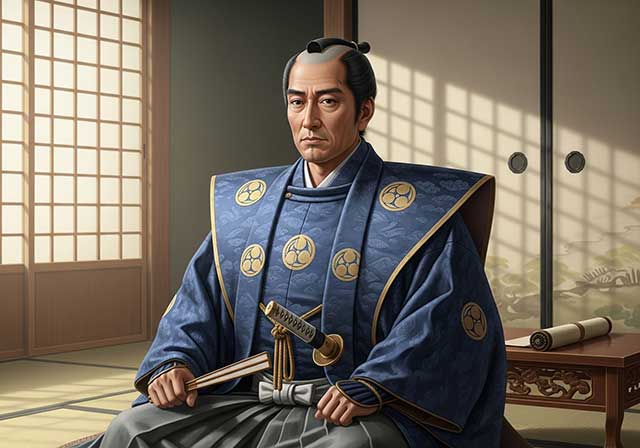
Masazumi was the eldest son of Honda Masanobu. From a young age, he served Tokugawa Ieyasu alongside his father, taking part in the affairs of the Tokugawa house and gradually gaining experience in both military and administrative matters. At the decisive Battle of Sekigahara in 1600, Masazumi was part of the core Tokugawa forces, a clear sign of the high level of trust Ieyasu placed in him. After the campaign ended, he was given a highly sensitive assignment—serving in the guard of the defeated Ishida Mitsunari, one of Tokugawa’s principal enemies—an obligation that required exceptional reliability and caution.
-
Hojo Shigetoki
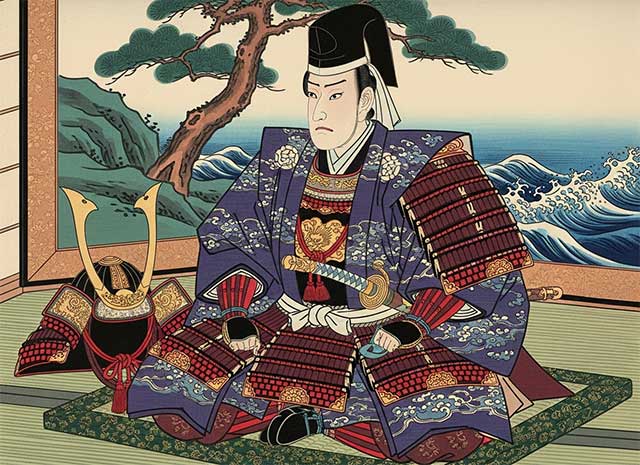
Hōjō Shigetoki, the third son of Hōjō Yoshitoki, was still very young—only five years old—when his grandfather Tokimasa became the first member of the Hōjō clan to assume the position of shogunal regent.

